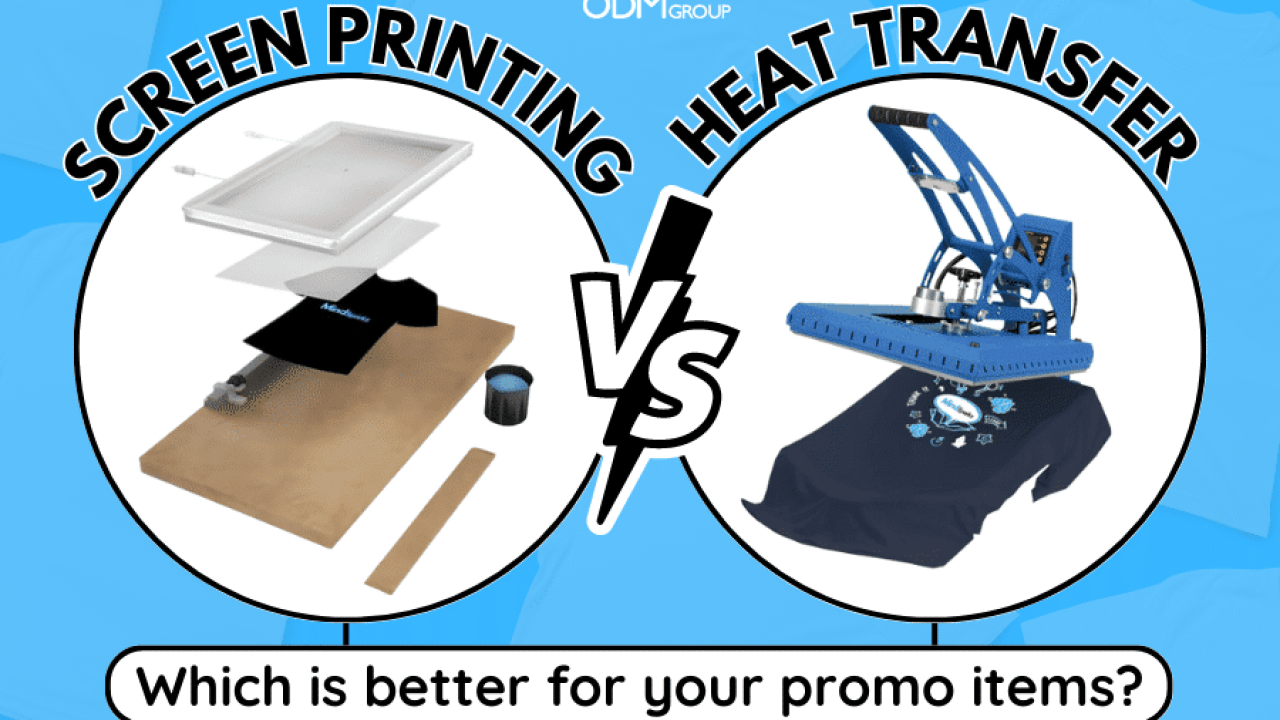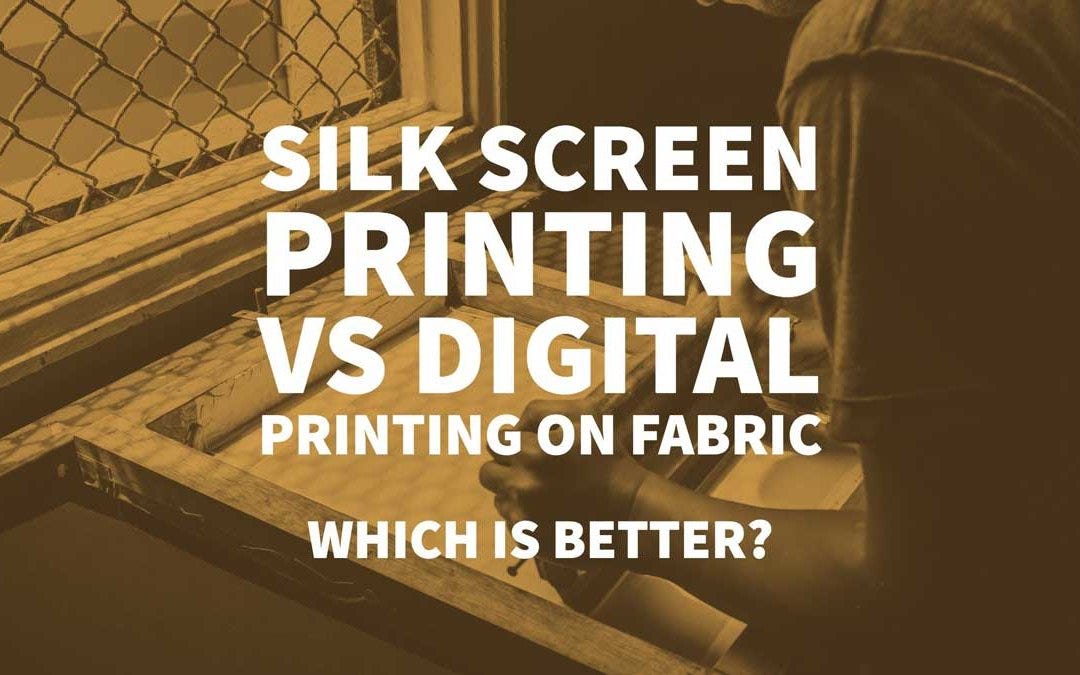See This Report on Tx Tees
See This Report on Tx Tees
Blog Article
The smart Trick of Tx Tees That Nobody is Talking About
Table of ContentsThe Of Tx TeesSee This Report on Tx TeesOur Tx Tees PDFsNot known Incorrect Statements About Tx Tees The Single Strategy To Use For Tx TeesThe Only Guide to Tx TeesThe Only Guide for Tx Tees
That brings your total to around $1,900 gross and shipping. Build up other prices, like the variety of utilities it requires to run the store and the cost of ink and solution per style. custom screen printing. Take the print below. This is a one-color photo, so the expense of ink per t shirt is roughly 20 cents.The solution should just be a few cents considering that you 'd just require to layer one screen for this task. Usually, printers try to make up to 45% revenue on a print work.

With DTF, you can print a handful of tee shirts, or just one. Use the very same calculator as the section above to compute just how much revenue you would certainly make utilizing DTF transfers. Compare the prices and revenues to whichever approach talks finest to your configuration and process. Both screen printing and DTF have their niches worldwide.
Things about Tx Tees
The ideal method to recognize? Ask around and see what printing shop like yours are doing. custom screen printing. Try both out and see which you like much better
When you're choosing what sort of printing technique to use for publishing your artwork designs on your garments, it is very important that you understand the distinctions between these 2 strategies so you can maximize results while reducing prices. Display printing is the most typically used method for publishing designs on fabrics.
DTG printing is also referred to as area or direct to garment printing because it prints just what is needed rather of making a display as screen printers do. https://moz.com/community/q/user/txtees02. Screen printing functions by display filler squeegee screen printing ink display mesh screen, after that moving the picture to garment using warm and/or pressure
The DTG printer uses unique dye-sublimation inks that are applied right into a pre-designed picture by an electronic printing system. The inks enter into the textile, enabling for vibrant colors and phenomenal detail. It's also known as area or direct to garment printing due to the fact that it publishes only what is required as opposed to making a screen as screen printers do.
Fascination About Tx Tees
Initially, it's much faster - you can publish a fullcolor image in mins, instead of hours for screen printing. Second, there's no established time or costs included - you can print any type of layout you like, without needing to produce a screen initially. Third, there's no waste - due to the fact that display printers display print one design at once, they have to evaluate each color individually.
The paper is really costly and can only be made use of as soon as. Once it's printed on, it has to be discarded. - The first purchase price is less than the in advance investment of DTG printers- You can publish multi-color styles one display at once rather than having to print each color separately like DTG printing.

Some Known Factual Statements About Tx Tees
Nevertheless, rather of making use of display mesh as display printers do, color sublimation printers utilize laser innovation to move your pictures onto garments or paper. A heat procedure moves the color from its solid-state straight right into the gas stage which in turn merges it onto textile substrates when they are rapidly heated up to heats under high stress.
Sublimation printing is green. It uses much less water than screenprinting, and due to the fact that it doesn't include the usage of harmful solvents, it's risk-free for all kinds of apparel. The dye sublimation inks are additionally odor-free when treated, unlike screen printers that utilize dangerous chemicals during the screen printing process that leave an undesirable odor.
They likewise save money on expensive tools like exposure systems considering that dye sublimation printers don't need a UV exposure unit or a this flash cure oven that is generally used in screen printing (custom monograming). What is direct to garment printing (DTG Printing)? DTG printing is a digital screenprinting process that publishes straight onto material utilizing specialized inkjet printers
Unknown Facts About Tx Tees
DTG printing provides several advantages over conventional screenprinting, including the capacity to print photo high quality images, better shade vibrancy, and the capability to print styles on darker fabrics. DTG printers function by heating the fabric ink till it becomes a gas. The gas then penetrates the material, bonding with the fibers to produce a long-term print.

Display printers just prepare their display after that begin printing until they run out of item or ink.- There is a large range of knowledgeable display printers around the globe, which can be helpful for beginners. - It's a slower process - display printers frequently need to wait on the ink to dry prior to they can publish the next color- Display printers need manual labor, so there's a greater understanding contour and it takes longer to produce a top quality design- Display printing isn't as precise as DTG printing, so you may get some "blood loss" of shades from one part of the image onto another otherwise done appropriately.
Some Of Tx Tees
Nonetheless, rather of making use of screen mesh as display printers do, dye sublimation printers utilize laser technology to move your images onto garments or paper. A warm procedure transfers the color from its solid-state straight into the gas stage which subsequently fuses it onto material substratums when they are rapidly heated up to high temperature levels under high pressure.
Sublimation printing is green. It uses less water than screenprinting, and due to the fact that it does not include using hazardous solvents, it's risk-free for all kinds of apparel. The dye sublimation inks are likewise unsmelling when treated, unlike display printers that utilize unsafe chemicals during the display printing procedure that leave an undesirable smell.
They also conserve cash on pricey tools like direct exposure units considering that color sublimation printers do not need a UV exposure device or a flash cure stove that is usually utilized in screen printing. What is straight to garment printing (DTG Printing)? DTG printing is an electronic screenprinting procedure that prints straight onto fabric utilizing specialized inkjet printers.
Tx Tees Fundamentals Explained
DTG printing offers several advantages over standard screenprinting, consisting of the ability to publish photographic quality images, higher shade vibrancy, and the capability to print designs on darker fabrics. DTG printers function by heating up the textile ink until it becomes a gas. The gas then penetrates the textile, bonding with the fibers to produce a long-term print.
Report this page